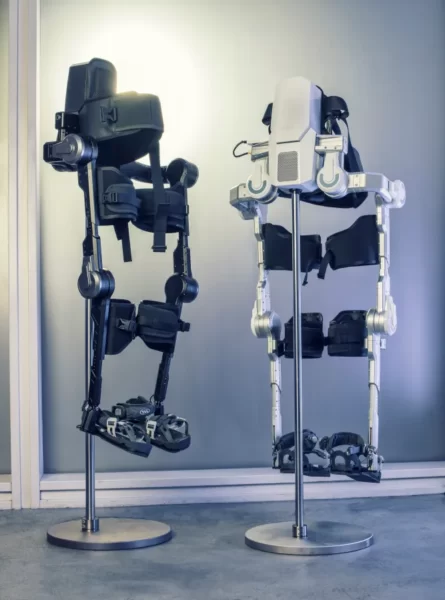Hyundai Future Mobility Plans Include Wearable Robotic Assistants
Hyundai is expanding its vision for the future of mobility beyond autonomous driving, venturing into the realm of robotics. Their focus lies on wearable robots, specifically exoskeletons, designed to enhance human mobility. Unlike independent robots, Hyundai’s approach aims to directly empower individuals by supplementing their capabilities.
The company is developing three distinct lines of exoskeletons:
- Medical Devices: These exoskeletons are designed to restore mobility for individuals with paraplegia or other disabilities, enabling them to stand and walk. Weighing around 40 pounds, these devices can be easily transported and operated, reaching speeds of 2.5 km/h for up to 4 hours on a single charge.
- Assistive Devices: Targeted towards workers who engage in heavy lifting or repetitive tasks, these exoskeletons provide additional lifting power and support, reducing strain and fatigue. A lighter design, weighing around 10 pounds, offers up to four hours of active use and connects to a mobile device for customization.
- Elderly Assistance: This type of exoskeleton combines the benefits of the first two, offering increased mobility and carrying capacity for elderly individuals or those with mobility limitations. It provides running assistance reaching speeds of up to 12 km/h while supporting up to 88 pounds without noticeable strain.

Hyundai’s investment in wearable robotics aligns with the increasing interest in personal mobility solutions, particularly in last-mile transportation and in-home assistance. These exoskeletons are not expected to be commercially available before 2020, but their potential impact on the future of mobility is undeniable.